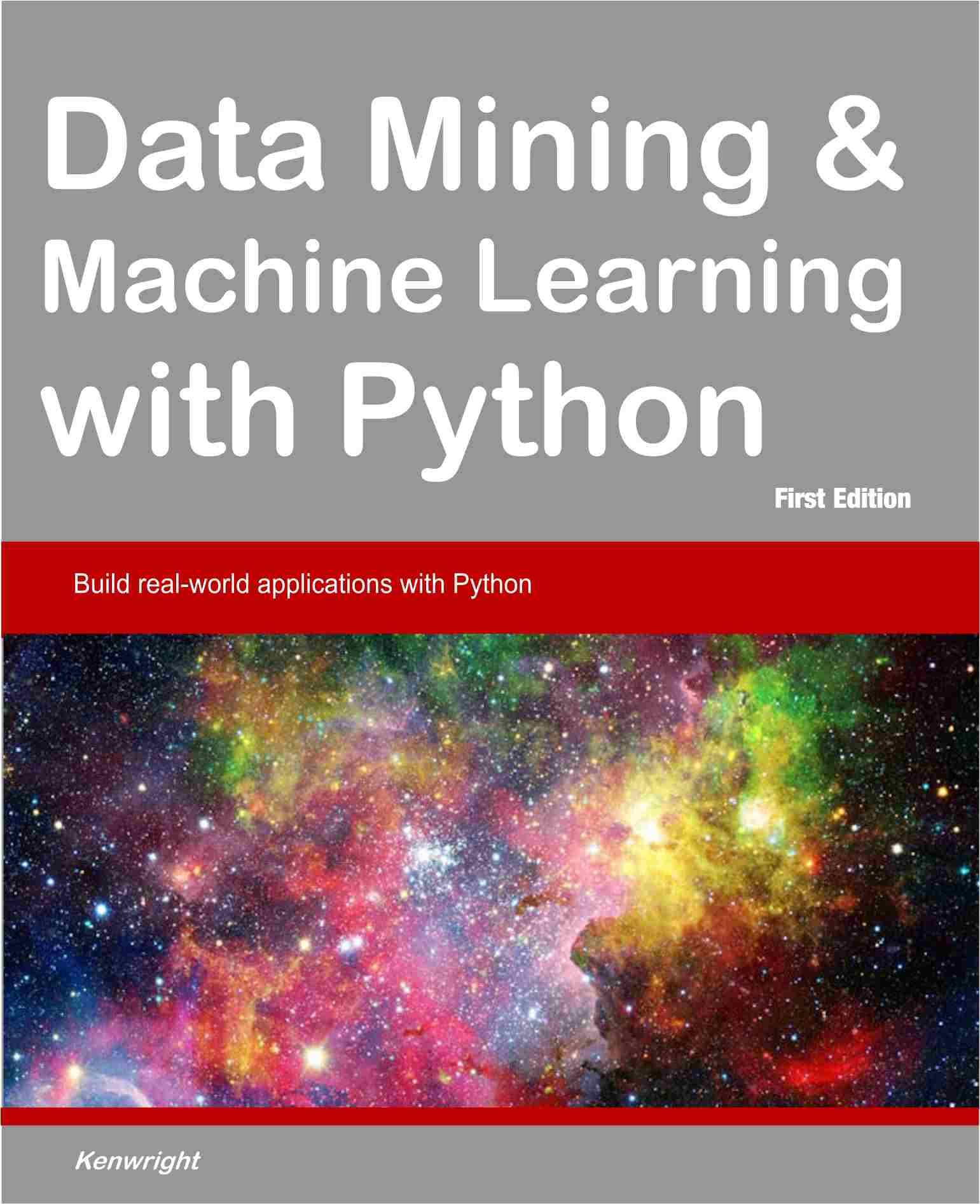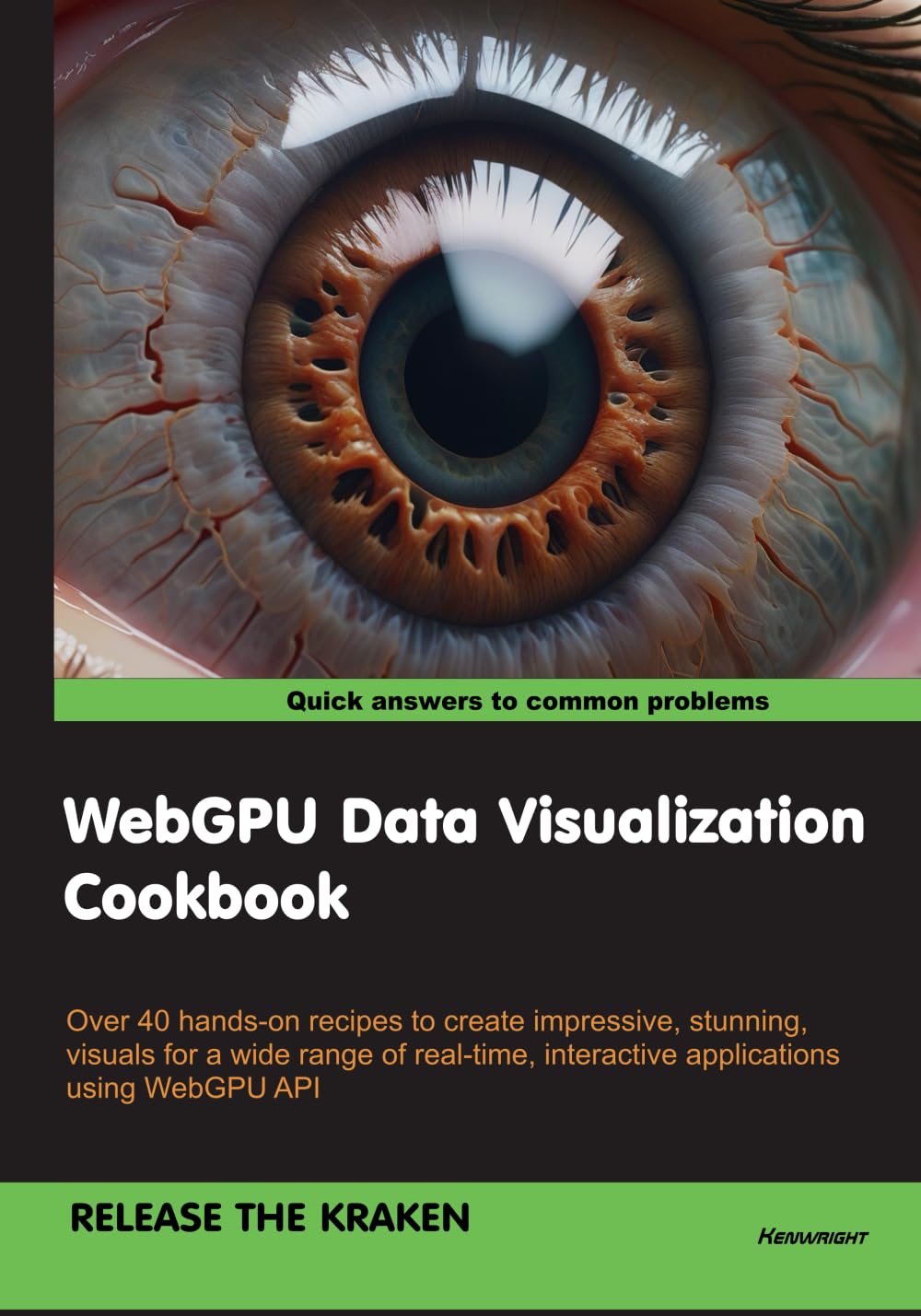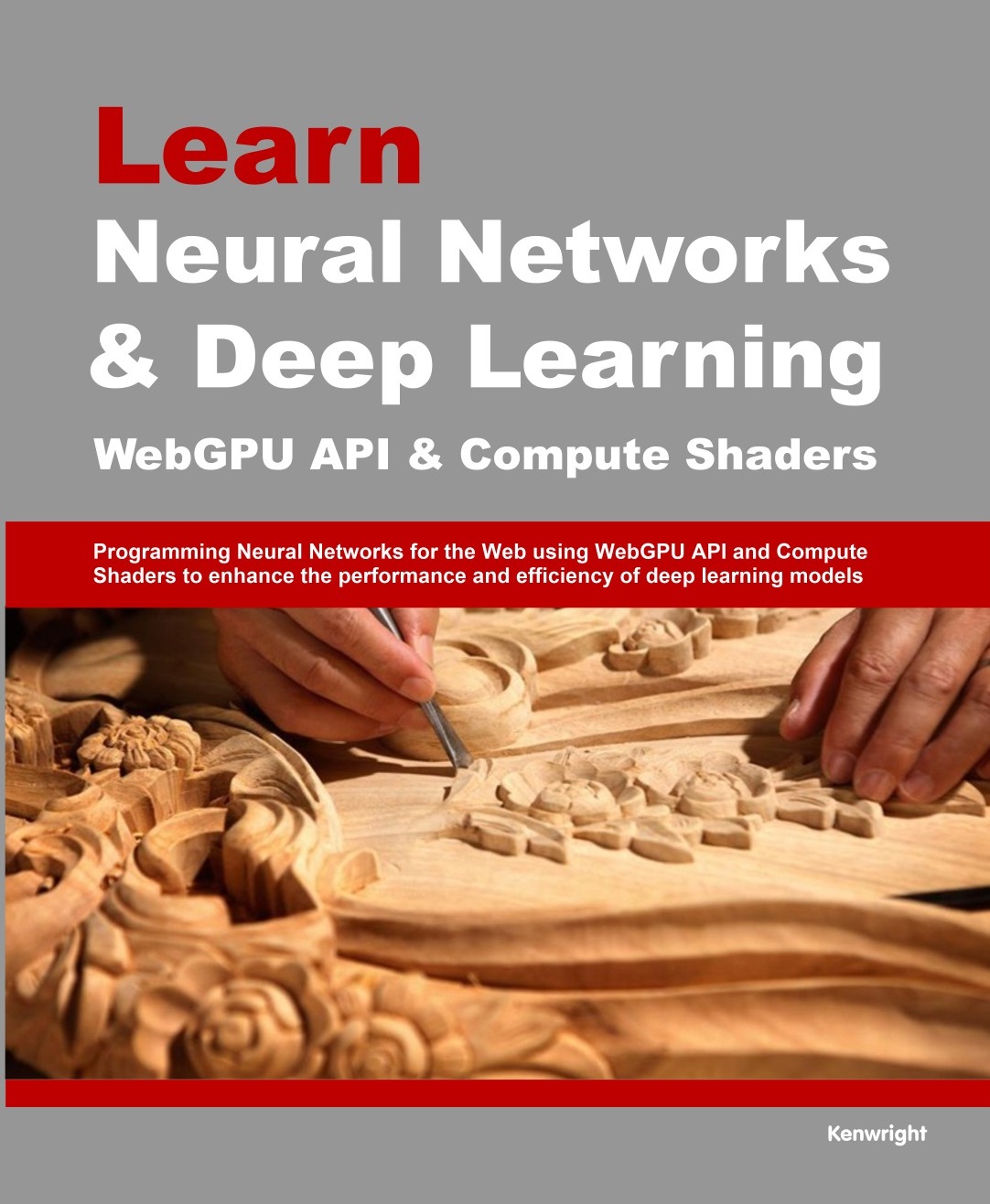 | |  |
What is Semi-supervised Learning?
Semi-supervised learning is a machine learning paradigm where models are trained on a combination of labeled and unlabeled data, leveraging the additional information from the unlabeled data to improve performance, particularly beneficial when labeled data is scarce or expensive to obtain.
Why is Semi-supervised Learning Important?
Semi-supervised learning is important because it can effectively utilize large amounts of unlabeled data to improve model performance, often achieving better results than supervised learning when labeled data is limited or costly to acquire.
What are the Challenges of Semi-supervised Learning?
The challenges of semi-supervised learning include effectively leveraging the unlabeled data, avoiding negative transfer from noisy or misleading unlabeled samples, addressing dataset shift, and ensuring robustness against distributional changes between labeled and unlabeled data.
What types of Semi-supervised Learning Algorithm?
Semi-supervised learning algorithms include self-training, co-training, semi-supervised support vector machines, graph-based methods such as label propagation, generative models like self-training with generative adversarial networks (GANs), and consistency regularization methods such as pseudo-labeling, each designed to leverage both labeled and unlabeled data to improve model performance.
What is a very simple Semi-supervised Learning Python example?
A simple semi-supervised learning example using a self-training approach with a logistic regression classifier. We start with a small labeled dataset and a larger unlabeled dataset. We iteratively pseudo-label the unlabeled data using the current model's predictions, select confident pseudo-labels, and then retrain the model with the combined labeled and pseudo-labeled data. Finally, we evaluate the model's accuracy on the entire dataset.
import numpy as np
from sklearn.datasets import make_classification
from sklearn.linear_model import LogisticRegression
# Generate synthetic data
X, y = make_classification(n_samples=1000, n_features=20, n_classes=2, random_state=42)
# Split data into labeled and unlabeled sets
labeled_X = X[:100]
labeled_y = y[:100]
unlabeled_X = X[100:]
unlabeled_y = np.full_like(y[100:], -1) # Use -1 as placeholder for unlabeled data
# Combine labeled and unlabeled data
combined_X = np.vstack([labeled_X, unlabeled_X])
combined_y = np.concatenate([labeled_y, unlabeled_y])
# Train initial model on labeled data
model = LogisticRegression()
model.fit(labeled_X, labeled_y)
# Iterate: pseudo-label unlabeled data and retrain model
for _ in range(5):
# Pseudo-label unlabeled data
pseudo_labels = model.predict(unlabeled_X)
# Filter out confident pseudo-labels
confident_mask = (pseudo_labels != -1)
confident_X = unlabeled_X[confident_mask]
confident_labels = pseudo_labels[confident_mask]
# Retrain model with pseudo-labeled data
model.fit(np.vstack([labeled_X, confident_X]), np.concatenate([labeled_y, confident_labels]))
# Evaluate model
accuracy = model.score(X, y)
print("Accuracy:", accuracy)
Semi-supervised Learning Techniques
|
├── Self-training
│ ├── Label Propagation
│ └── Co-Training
│
├── Graph-based Methods
│ ├── Graph-based Semi-supervised Learning
│ └── Label Spreading
│
├── Generative Models
│ ├── Generative Adversarial Networks (GANs)
│ └── Variational Autoencoders (VAEs)
│
└── Co-regularization
├── Co-EM
└── Tri-Training
 |
Other Data Mining and Machine Learning Texts |
 |















|